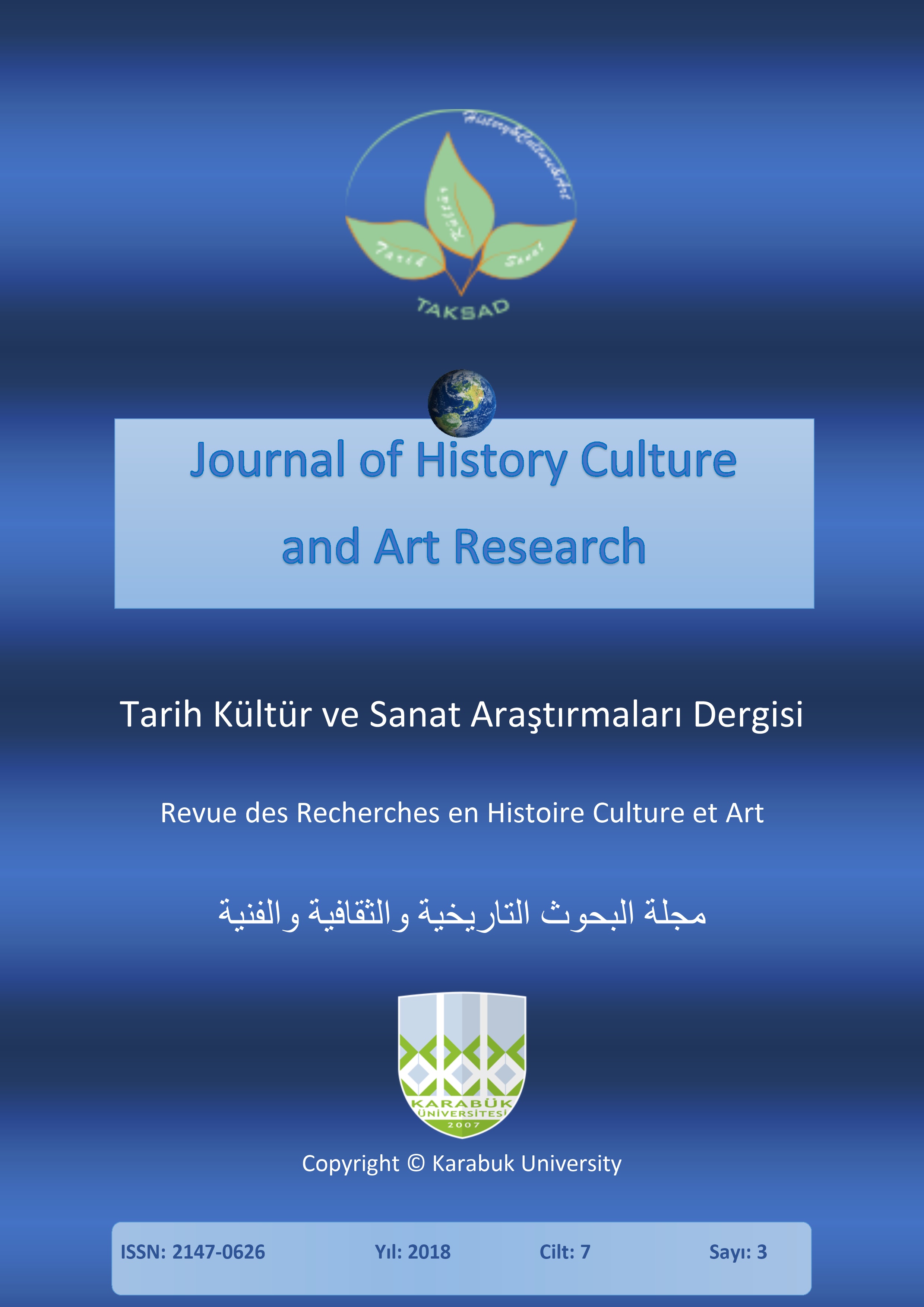Investigating the Effects of Technology on Nastaliq Script
DOI:
https://doi.org/10.7596/taksad.v7i3.1540Keywords:
Calligraphy, Technological writings, Nastaliq script.Abstract
Calligraphy, since its formation, has witnessed an innovative transformation. Developments in the printing industry have significantly influenced its evolution. In script work, speed and accuracy have always been important elements; however, the existence of technological tools has led to a significant number of calligraphic tasks without calligraphist. The main purpose of this research is to explain the changes brought by the use of technological tools in calligraphy. The contradiction or coordination of traditional aspects of calligraphy with different dimensions of technology and the concern for the collapse of calligraphy by this phenomenon necessitates this research. In today’s world, writings are created by technological tools with special software features in cyberspace, and the letters and words are combined with the same principles and rules of traditional writing in the computer environment. The factors that led calligraphy to change in technology are the main issues in this research.
References
Baratzadeh, Leily (2005). Calligraphy in Iran. Tehran: Cultural Studies Office.
Faraadi, Abdullah (1969). Farsi Line (script) 2, Kaveh Magazine (Munich) No. 24, August 1969.
Fazaeli, Habibollah (2008). Teaching Script, (10th ed.). Tehran: Soroush Publications.
Manavi Rad, Mitra (2006). Calligraphy Position in the Age of Technology. Moon Art, No. 95 & 96, August 2006.
Nasr, Seyyed Hossein (2001). Knowledge and Spirituality, Translated by Enshallah Rahmati. Tehran: Sohrevardi Research and Publishing Office.
Pakbaz, Rooin (2004). Encyclopedia of Art (4th ed.). Tehran: Contemporary Culture.
Peasy, Arnold (1988). Technology and Culture (2nd ed.). Tehran: Bahram Shalgoni Center Publication.
Rahbarnia, Zahra & Rahnavard, Zahra (2006). Faces of Sacred Art with Technology, Fine Arts, No. 26, Summer 2006.
Rashvand, Ismail (2005). Calligraphy (textbooks). Tehran: Educational Research and Educational Organization.
Schimmel, Annemarie (1989). Calligraphy and Islamic Culture, Translated by Asadollah Azad. Mashhad: Astan Quds-Razavi Institute.
Teimoori, Kaveh (2010). New Approaches to Contemporary Iranian Calligraphy, Moon Art, No. 143, August 2010.
Downloads
Published
How to Cite
Issue
Section
License
All papers licensed under Creative Commons 4.0 CC-BY.- Share — copy and redistribute the material in any medium or format
- Adapt — remix, transform, and build upon the material for any purpose, even commercially.
Under the following terms:
Attribution — You must give appropriate credit, provide a link to the license, and indicate if changes were made. You may do so in any reasonable manner, but not in any way that suggests the licensor endorses you or your use.
- No additional restrictions — You may not apply legal terms or technological measures that legally restrict others from doing anything the license permits.







